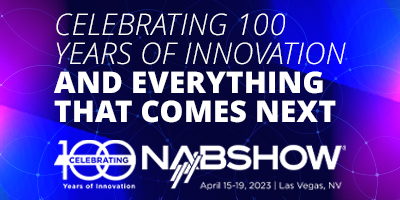Latest videos
Latest releases
Leading to more effective and fruitful cross organization collaboration Sophia Antipolis, 15 April 2024: In the last three months, ETSI ISG MEC has released its final set of Phase 3 …
Islands to be connected with 10-gigabit speed 10 April 2024 – 200,000 homes across the Balearic Islands will soon have access to ultra-fast fiber connectivity thanks …
08, April 2024 – Manufacturers across the globe will be empowered to make crucial contributions to the future of LiFi technology, following Benjamin Azoulay’s appointment as …
Sophia Antipolis, 05 April 2024: ETSI is pleased to announce the release of the first two Group Reports developed by its Terahertz Industry Specification Group …
better energy consumption measurement in virtualised networks Dusseldorf Germany, 04 April 2024. Today’s publication by the Next Generation Mobile Networks Alliance (NGMN), titled ‘Green Future Networks: …
HOUSTON, Texas – March 26, 2024 – Hewlett Packard Enterprise (NYSE: HPE) today announced the expansion of its AIOps network management capabilities by integrating multiple generative AI …

